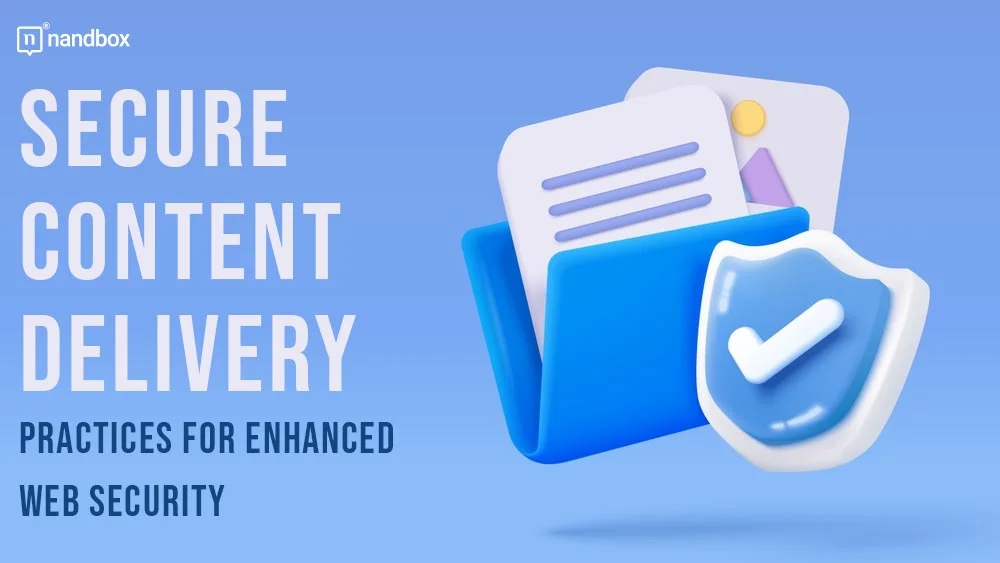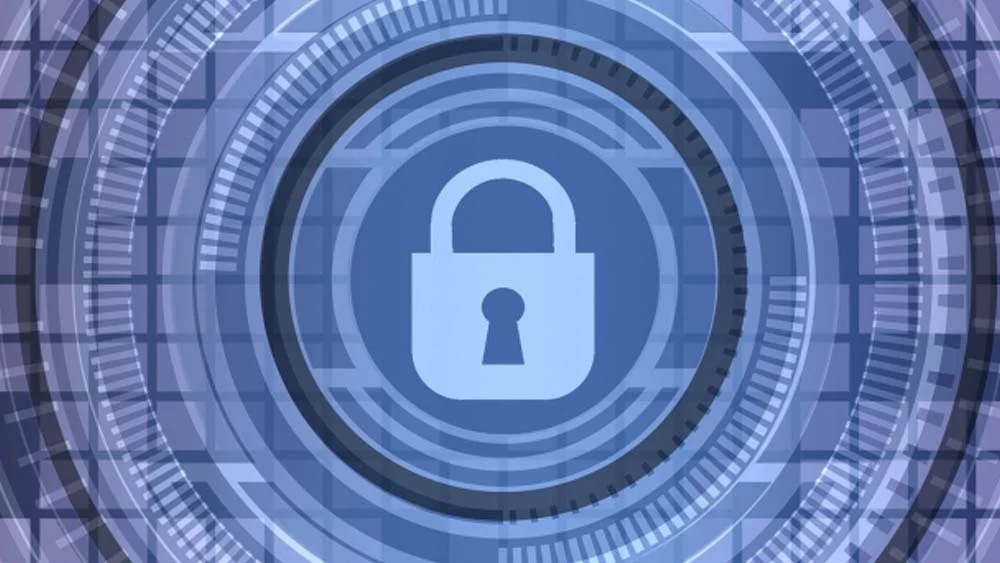For users, especially in sensitive sectors like education, finance, or healthcare, the knowledge that their data is secure fosters trust in the platform. This trust loop can’t be neglected because the more secure the content delivery practices get, the more users interact with the platform and the more successful it becomes. Otherwise, they may experience anxiety and hesitation as it makes them vulnerable to identity theft or data breaches. As a result, the platform will lose its popularity. So, no doubt, content must be encrypted and transmitted over secure networks (e.g., HTTPS, SSL/TLS encryption) in the age of cybercrime we are living in.
Today, many people, particularly those using Apple devices, encounter issues where network settings prevent content from loading. Sadly, but true, it can be frustrating and impact productivity. For instance, iPhone users might face situations where iPhone network settings prevent content from loading privately, adding another layer of complexity. Similar problems arise in the context of email when Apple Mail network preferences prevent content from appearing as intended. At the end of the day, it leaves users wondering, “Why is iPhone not downloading email content that I need right now?” These issues just confirm the importance of having well-configured network settings, not just for security but for seamless content accessibility. So, let’s explore powerful content delivery practices created by professionals for seamless, secure downloads.
Secure Content Delivery Practices for Seamless and Secure Downloads
1. Network Settings for Secure Access
Many people report that misconfigured network settings are a frequent source of content delivery problems. Often, network settings prevent content from loading due to default restrictions that prioritize security at the cost of accessibility. From a user’s perspective, when content won’t load due to network restrictions, it induces stress and a loss of control. These are not the most positive feelings, are they? If you don’t want to trigger those, let’s find a solution. To strike the right balance, adjust settings without compromising safety. Fine-tuning the following settings:
- Adjusting VPN configurations.
- Altering Wi-Fi security settings, etc.
Hence, users would feel more empowered with your platform.
2. Advanced Content Delivery Networks (CDNs)
And what about Content Delivery Networks? Let’s not skip this one and give it a brief explanation, as it deserves to be here. By distributing content across multiple servers worldwide, CDNs reduce latency. Think of it as having shortcuts all around the world.
The added bonus? They also protect against things like DDoS attacks. Without a shadow of a doubt, the reliability offered by CDNs gives users peace of mind. Speaking about it from another perspective, just the realization that content will be delivered consistently, regardless of external threats, builds trust in the platform. And naturally, it translates into higher user engagement and loyalty later on.
3. Security Protocols for Seamless Delivery
Many people think that these protocols protect data from interception only. But if we dig deeper, they also help downloads to happen without delays. Hence, users are completely satisfied with their experience on the web. On the other hand, when they encounter outdated systems that block content delivery, it feels like a breach of trust that may be very disappointing.
Unfortunately, it is often the case when Apple Mail network preferences prevent content from appearing properly. To deal with these issues, regular updates of both server and client-side configurations help avoid such problems.
4. Device Settings Optimization
Device-level settings are often overlooked as a barrier to seamless content delivery. But here, we will emphasize this aspect due to its importance. On iPhones, for example, the question of why the iPhone is not downloading email content can often be traced back to restrictive privacy settings or misconfigured network preferences. The good news is that these barriers can be lifted. You can encourage users to adjust specific device settings, such as:
- Enabling background app refresh.
- Allowing downloads over cellular data.
- Updating iOS versions.
Final Thoughts on Safe Content
As you see, securing content delivery goes beyond just technical implementation. It’s a more multi-faceted approach that provides users with a sense of confidence, control, and trust in the platform. And of course, these are very important factors for web success. Hopefully, the best practices mentioned above will guarantee that content reaches the user quickly and safely as well as that the user feels confident in the process. So, why not give them a try?




